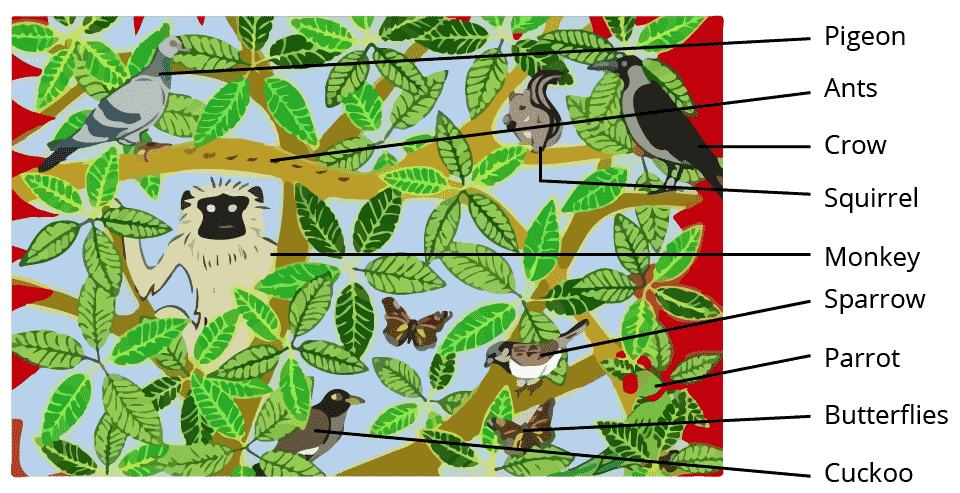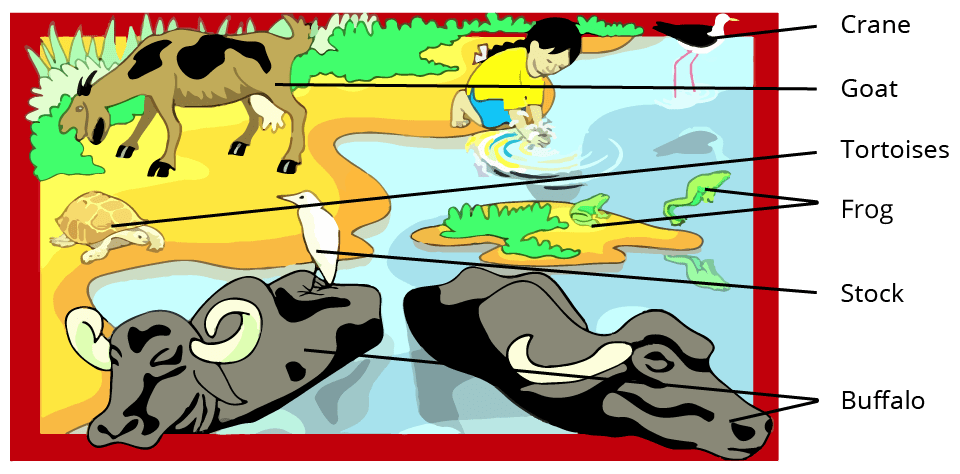Class 3 EVS Chapter 1 Summary Notes PDF Download
FAQs on Poonam's Day Out Class 3 EVS Chapter 1 CBSE Notes - 2025-26
1. Why should I solve worksheets for Class 3 EVS Chapter 1?
Solving questions such as ‘which animal did Poonam see at the pond?’ will help you prepare for the exams. You will also learn how to answer these questions by following the format given by the experts.
2. How can I use the revision notes to understand the chapter summary?
Reading the simpler explanation given by the subject experts will help you to grasp proper information from the text and recollect them easily. The context of this chapter will also become clearer to you. You can resolve your doubts on your own and answer questions such as ‘what did Poonam see Std 3?’
3. What is the best way to solve exercise questions for Class 3 EVS Chapter 1?
Download the NCERT solutions for CBSE Class 3 EVS Chapter 1 and refer to the answers formulated by the experts. Follow how the questions have been answered with specific points. These steps will help you gain skills in comprehending the questions and forming the right answers to score better in the exams.


























